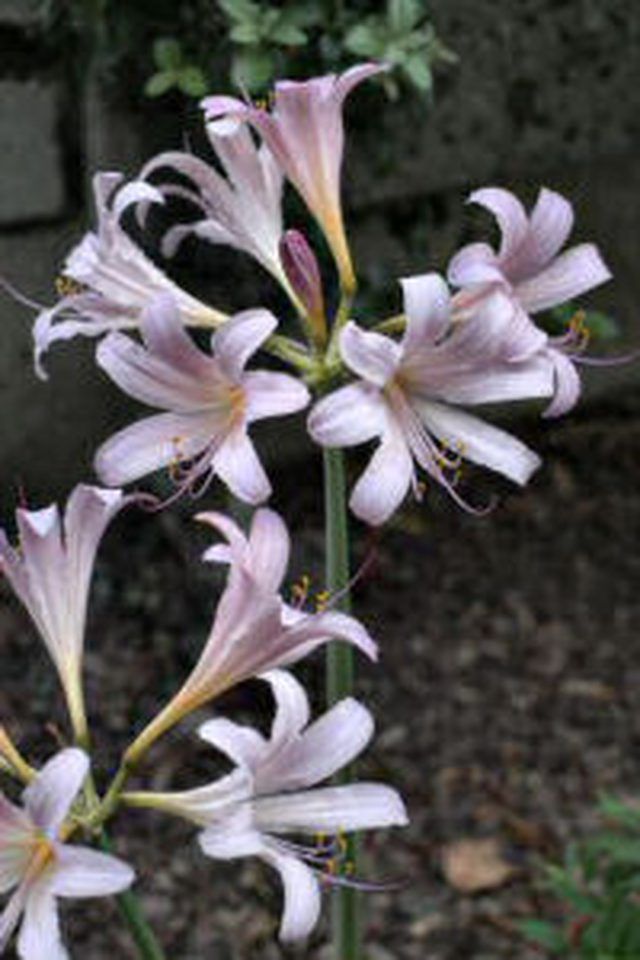Bulbs
Flower Basics
Flower Beds & Specialty Gardens
Flower Garden
Garden Furniture
Garden Gnomes
Garden Seeds
Garden Sheds
Garden Statues
Garden Tools & Supplies
Gardening Basics
Green & Organic
Groundcovers & Vines
Growing Annuals
Growing Basil
Growing Beans
Growing Berries
Growing Blueberries
Growing Cactus
Growing Corn
Growing Cotton
Growing Edibles
Growing Flowers
Growing Garlic
Growing Grapes
Growing Grass
Growing Herbs
Growing Jasmine
Growing Mint
Growing Mushrooms
Orchids
Growing Peanuts
Growing Perennials
Growing Plants
Growing Rosemary
Growing Roses
Growing Strawberries
Growing Sunflowers
Growing Thyme
Growing Tomatoes
Growing Tulips
Growing Vegetables
Herb Basics
Herb Garden
Indoor Growing
Landscaping Basics
Landscaping Patios
Landscaping Plants
Landscaping Shrubs
Landscaping Trees
Landscaping Walks & Pathways
Lawn Basics
Lawn Maintenance
Lawn Mowers
Lawn Ornaments
Lawn Planting
Lawn Tools
Outdoor Growing
Overall Landscape Planning
Pests, Weeds & Problems
Plant Basics
Rock Garden
Rose Garden
Shrubs
Soil
Specialty Gardens
Trees
Vegetable Garden
Yard Maintenance
What Flowers Bloom in February?
What Flowers Bloom in February?. A surprising array of flowers can be found in late winter even in the coldest parts of the country. From Alstromeria to zinnias, the range of colors can provide a stimulating counterpoint to the gray of February.

A surprising array of flowers can be found in late winter even in the coldest parts of the country. From Alstromeria to zinnias, the range of colors can provide a stimulating counterpoint to the gray of February.
Identification
While growing seasons vary across the country, the following plants can generally be found in bloom in February: daffodils, tulips, holly berry, lilies, Queen Anne's lace, irises, pansies, primrose, snapdragons, Mediterranean white heath, zinnias, Alstromeria, winter jasmine and henbit.
Parts of the Country
While some plants, such as pansies and snapdragons, are found in all parts of the country, others are limited to certain Plant Hardiness Zones. For example, daffodils can be grown in zones 4 to 8; Queen Anne's lace, irises and tulips in zones 3 to 9; zinnias and lilies in zones 3 to 10; primrose in zones 5 to 10; zinnias, holly berry, henbit and Mediterranean white heath in zones 6 to 8; and Alstromeria and winter jasmine in zones 6 to 10.
Purpose of Late-Winter Blooms
In many parts of the country, late-winter blooms provide food for the first bees and caterpillars of the year.
Considerations
Plant winter and early-spring bloomers in the fall. This will allow the bulbs or shoots time to settle and, in colder climates, take in the snow melt.
Timing
Plant both late-winter bloomers and summer bloomers in the same flower bed for continuous color.